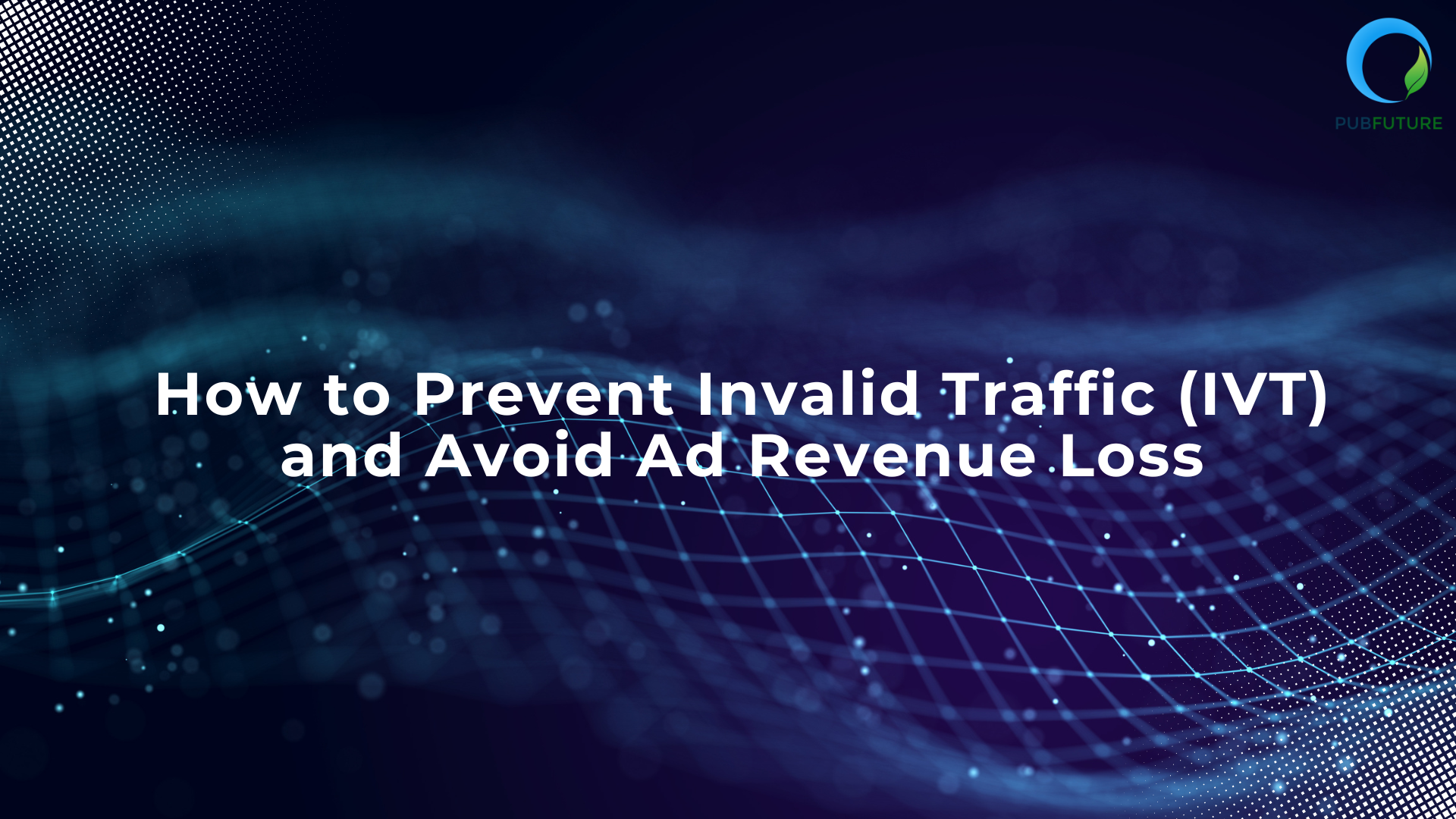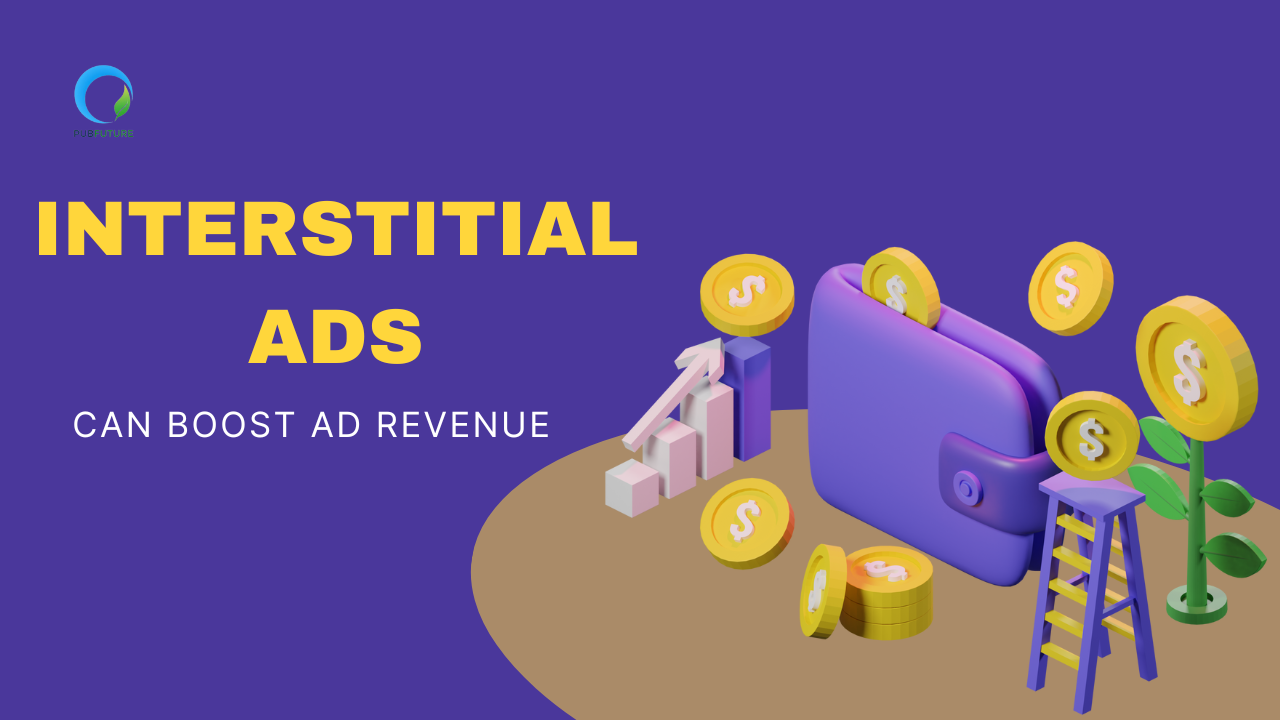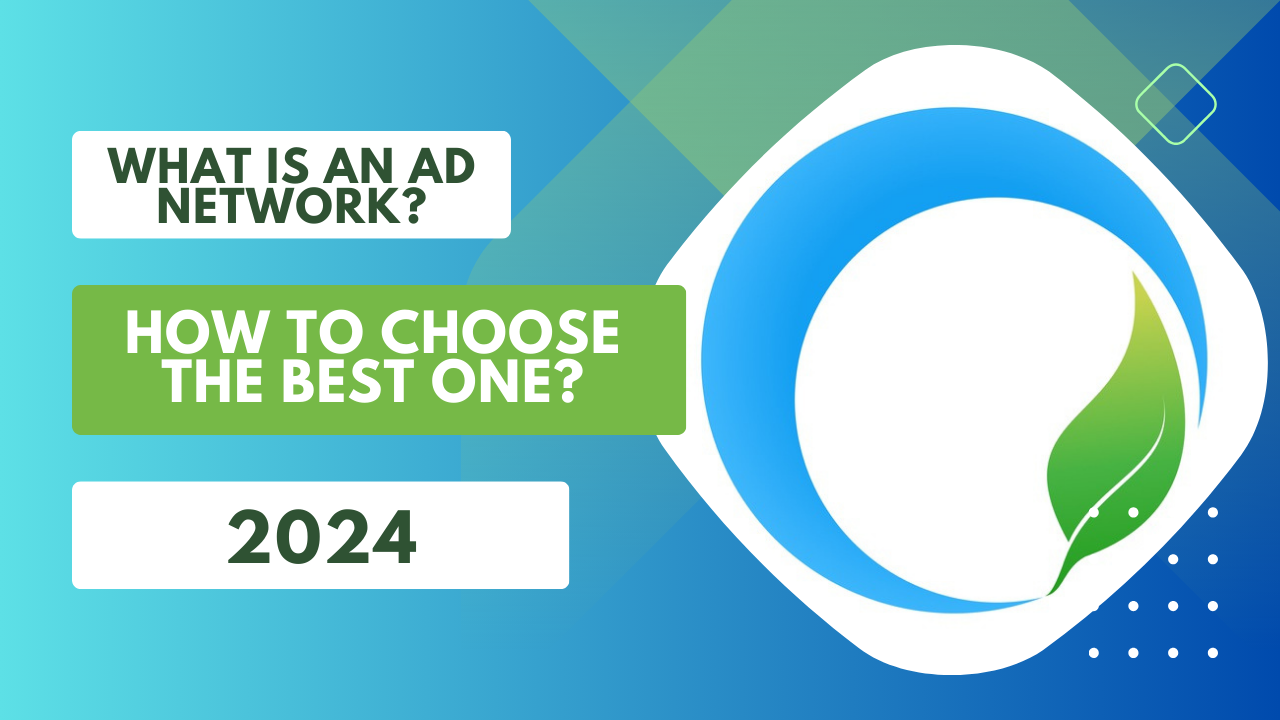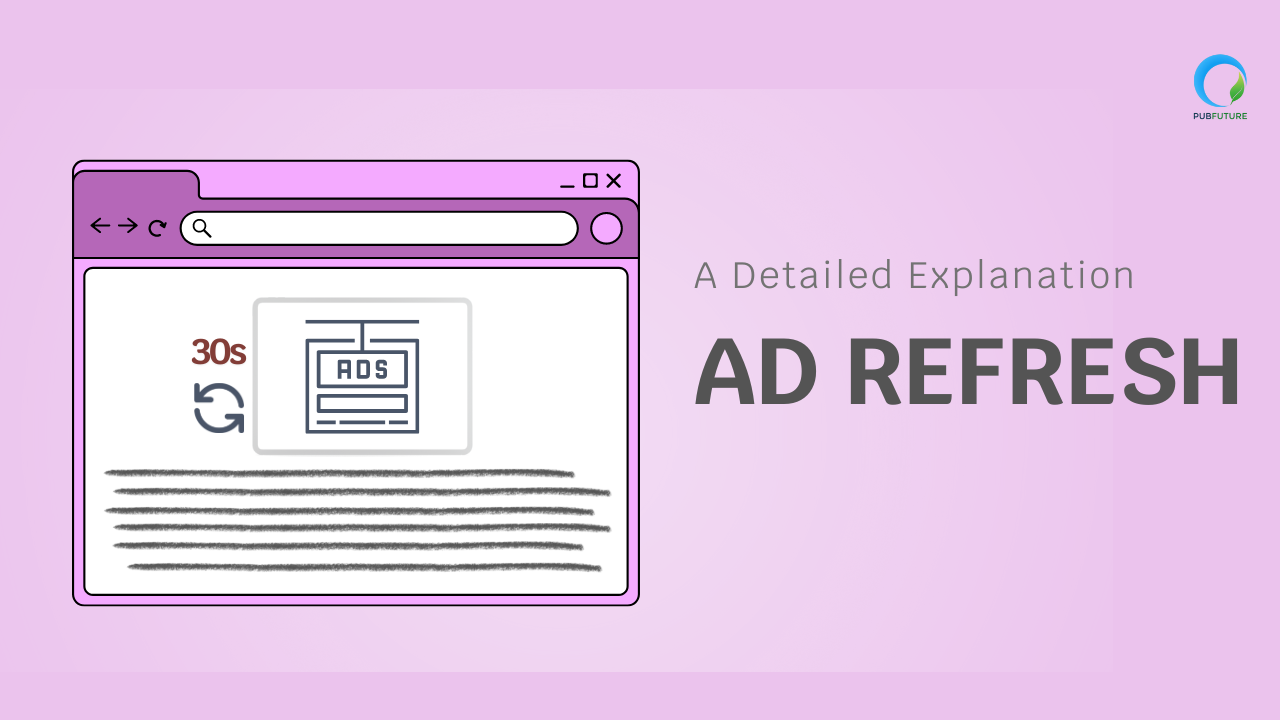Invalid traffic (IVT) is one of the biggest challenges facing digital publishers and advertisers today. Whether it’s accidental clicks, bot-generated impressions, or fraudulent activities, IVT can significantly impact your ad revenue and even result in penalties from ad networks like Google AdSense. Understanding how to identify, prevent, and mitigate IVT is crucial for maintaining a sustainable advertising strategy.
In this blog, we’ll explore the different types of invalid traffic, how they affect your revenue, and actionable strategies to protect your ad earnings.
What is Invalid Traffic (IVT)?
Invalid traffic includes any clicks or impressions that may artificially inflate an advertiser’s costs or a publisher’s earnings. Invalid traffic covers intentionally fraudulent traffic as well as accidental clicks. Invalid traffic includes, but is not limited to:
- Clicks or impressions generated by publishers clicking their own live ads
- Repeated ad clicks or impressions generated by one or more users
- Publishers encouraging clicks on their ads (examples may include: any language encouraging users to click on ads, ad implementations that may cause a high volume of accidental clicks, etc.)
- Automated clicking tools or traffic sources, robots, or other deceptive software.
Types of Invalid Traffic
1. General Invalid Traffic (GIVT):
Traffic generated by known bots, crawlers, or automated processes. Easily filtered out by ad networks.
2. Sophisticated Invalid Traffic (SIVT):
Advanced bots and fraudulent schemes that mimic real user behavior.Harder to detect and requires more advanced monitoring tools.
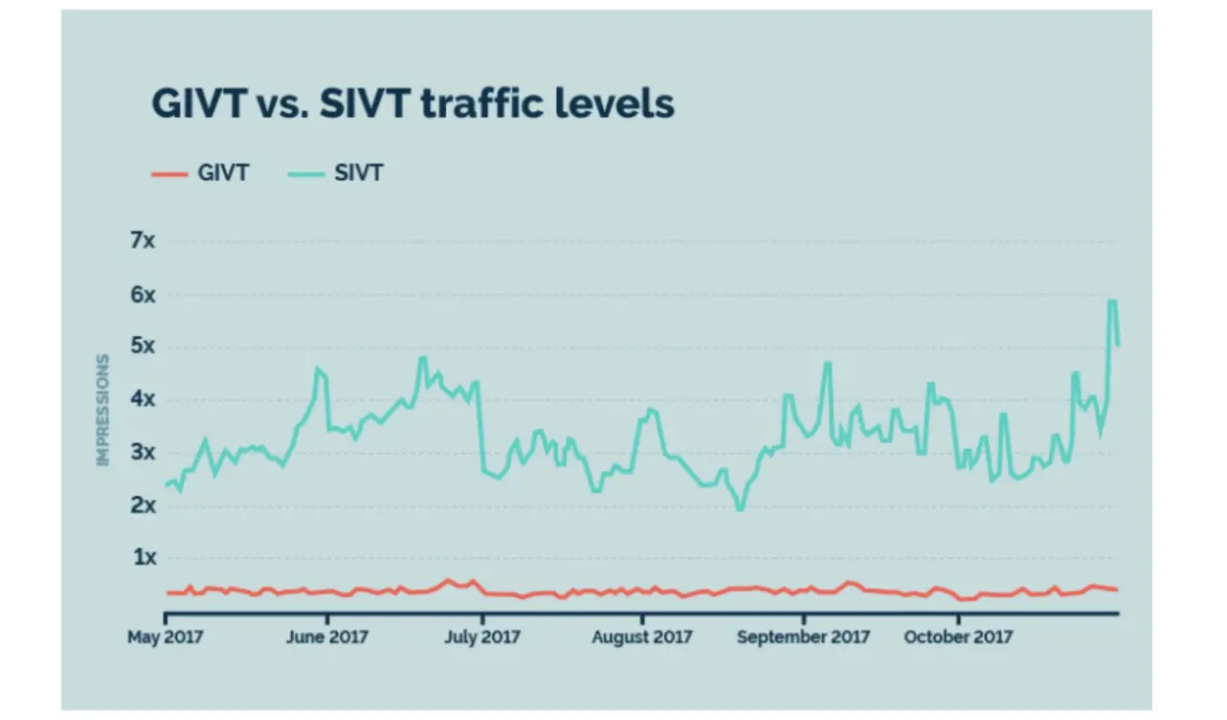
How IVT Affects Ad Revenue
1. Lower CPMs and Ad Fill Rates
Ad networks track IVT and may reduce CPM rates if they detect high invalid traffic. A site with excessive IVT may also experience a drop in demand from premium advertisers.
2. Account Suspensions or Penalties
Platforms like Google AdSense and Ad Exchange enforce strict IVT policies. If detected, publishers may face warnings, revenue clawbacks, or even account suspensions.
3. Misleading Performance Metrics
IVT inflates impressions and clicks, making it difficult to accurately measure user engagement and optimize monetization strategies.
Best Practices to Prevent Invalid Traffic
1. Lower CPMs and Ad Fill Rates
- Use Google Analytics, Google Ad Manager, and other analytics tools to track referral sources.
- Identify unusual traffic spikes or suspicious patterns (e.g., excessive clicks from a single IP address).
- Check user behavior metrics to spot bot-like activity (e.g., extremely short session durations, rapid pageviews).
2. Implement Ads.txt and Sellers.json
- Properly configure ads.txt and sellers.json to ensure only authorized partners can serve ads on your site.
- Helps prevent unauthorized reselling of your ad inventory.
3. Use Anti-Bot Protection & IVT Detection Tools
- Invest in fraud detection services like Traffic Cop, Pixalate, or HUMAN (formerly White Ops) to block malicious bot traffic.
- Enable reCAPTCHA to prevent automated scripts from interacting with your ads.
- Use JavaScript-based detection methods to differentiate between bots and real users.
4. Optimize Ad Placement to Reduce Accidental Clicks
- Avoid placing ads too close to navigation menus, buttons, or interactive elements.
- Use click confirmation overlays to verify user intent before registering an ad click.
- Follow Google’s ad placement policies to avoid unintentional engagement that may be flagged as IVT.
5. Set Up IP and Geo-Blocking
- Identify and block high-risk regions or IP addresses associated with bot farms.
- Use firewall rules and CDN services to filter traffic before it reaches your site.

Conclusion
Invalid traffic can cause significant revenue losses and jeopardize your ad partnerships. By taking proactive steps—monitoring traffic sources, using fraud detection tools, and optimizing ad placements—you can minimize IVT risks and protect your earnings.
Are you struggling with IVT issues on your site? Start by implementing the strategies outlined in this guide, and consider working with trusted programmatic ad partners like PubFuture to safeguard your ad revenue. Contact us today to learn how we can help optimize your monetization efforts.




